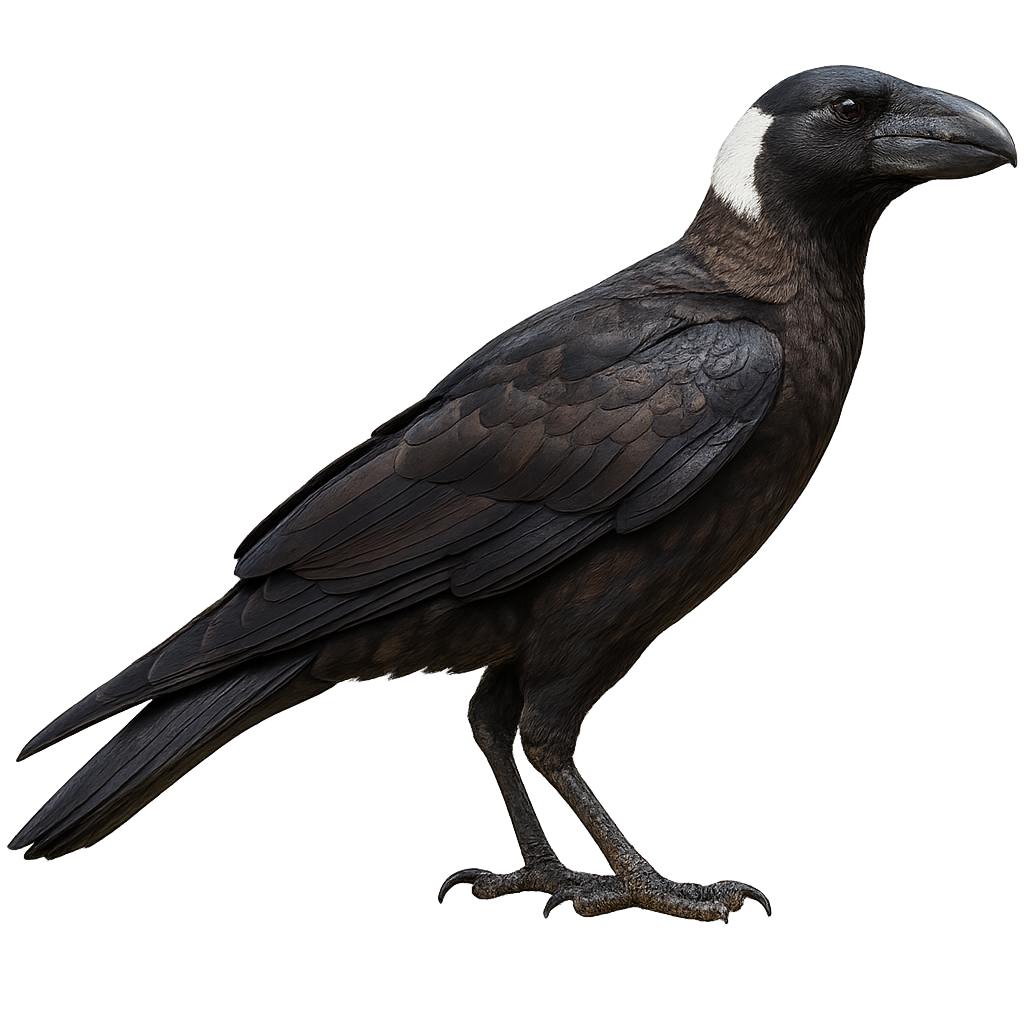Your wildlife photography guide.
Explore the thick-billed raven in detail, study its behavior, prepare your shots.
Where to observe and photograph the thick-billed raven in the wild
Learn where and when to spot the thick-billed raven in the wild, how to identify the species based on distinctive features, and what natural environments it inhabits. The WildlifePhotographer app offers tailored photography tips that reflect the thick-billed raven’s behavior, helping you capture better wildlife images. Explore the full species profile for key information including description, habitat, active periods, and approach techniques.
Thick-billed Raven
Scientific name: Corbeau corbivau

IUCN Status: Least Concern
Family: CORVIDAE
Group: Birds
Sensitivity to human approach: Suspicious
Minimum approach distance: 10 m
Courtship display: January to February
Incubation: 20-22 jours
Hatchings: February to March
Habitat:
Rocky areas, cliffs, highlands
Activity period :
Primarily active during the day, with peak activity in the morning and late afternoon.
Identification and description:
The Thick-billed Raven, or Corvus crassirostris, is a raven species endemic to the highlands of Ethiopia and Eritrea. Recognizable by its massive, curved bill, it is the largest of the African ravens. Its plumage is predominantly black with metallic sheen, and it features a distinctive white patch on the nape. This raven is often seen in small groups, exploring mountainous landscapes in search of food. An opportunist, it feeds on a variety of items, from insects to small vertebrates, as well as fruits and seeds. Its intelligence and adaptability allow it to thrive in diverse environments, although it is primarily associated with rocky areas and cliffs.
Recommended lens:
400mm – adjust based on distance, desired framing (portrait or habitat), and approach conditions.
Photography tips:
To photograph the Thick-billed Raven, it is advisable to use a telephoto lens of at least 400 mm to capture detailed images without disturbing the bird. Look for rocky areas or cliffs where these ravens are often active. Be patient and discreet, as although they are suspicious, they can get used to your presence if you remain still. Take advantage of morning or afternoon light to get well-lit shots.
The WildlifePhotographer App is coming soon!
Be the first to explore the best nature spots, track rutting seasons, log your observations, and observe more wildlife.
Already 1 427 wildlife lovers subscribed worldwide

